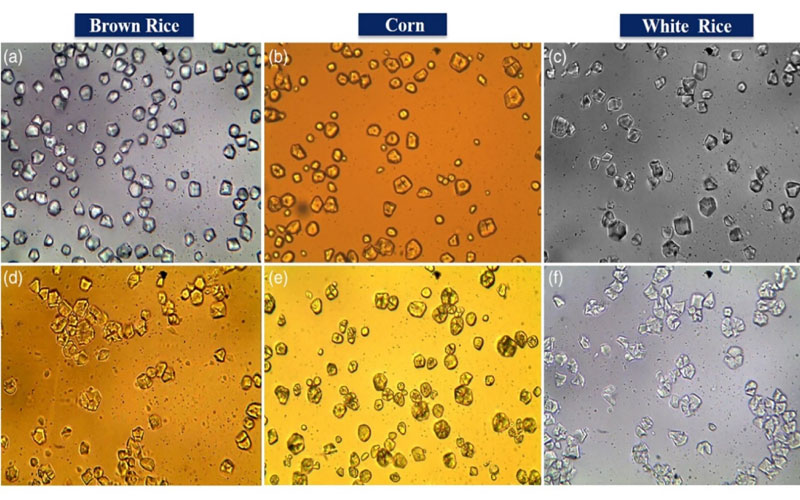Microscopy and elemental mapping are essential tools for many different fields of scientific study. It can be used to identify cancer cells, map dust from wildfires, and analyze the quality of metal joints in solder. It can also show patterns of contaminants in the soil, water, and air. Engineers, environmental scientists, and home inspectors are some professionals who use these services for detailed analysis.
Elemental mapping is a complex process, but it can provide a wealth of information about the composition of different materials. Optical microscopy is one type of microscopy that uses visible light to magnify objects. This technique can examine the structure of cells, minerals, and other small things.
Elemental mapping can identify the different elements that make up a sample. This information can be used to understand the composition of a material or to locate specific contaminants. Optical microscopy can examine the structure of cells, minerals, and other small objects. This technique can determine the size, shape, and form of an object.
Elemental mapping is an essential tool for many different fields of study. It can identify cancer cells, map dust from wildfires, analyze the quality of metal joints, and show patterns of contaminants in the soil, water, and air. Engineers, environmental scientists, and home inspectors are some of the professionals who use these services for detailed analysis.
If you need a more detailed analysis of a sample, an elemental mapping lab can provide the services you need. Optical microscopy is one of the most common types of microscopy used in these labs. It uses visible light and a variety of lenses to magnify samples so they can be studied in detail.
Elemental mapping is another type of microscopy that can be used in these labs. This type of microscopy uses a laser to identify the different elements in a sample. This information can be used to create a map of the model.
These are just two of the services that an elemental mapping lab can provide. If you need a detailed analysis of a sample, they can help you get the information you need.
These are just two of the many types of microscopy that can be used in an elemental mapping lab. If you need help choosing the right type of microscopy for your needs, contact a lab today.
Different fields have different requirements for microscopy and elemental mapping. Cancer cells, for example, must be identified with great accuracy. Wildfire mapping requires quick and efficient analysis. Quality control of metal joints demands a high degree of precision. Dust from wildfires needs to be mapped in order to understand the spread of the fire. And metal joints must be analyzed carefully to ensure they are up to standard.
No matter what your requirements are, an elemental mapping lab can provide the services you need. With state-of-the-art equipment and highly trained staff, these labs can give you the detailed analysis you need. So if you need to study a sample in more detail, don’t hesitate to contact an elemental mapping lab.





